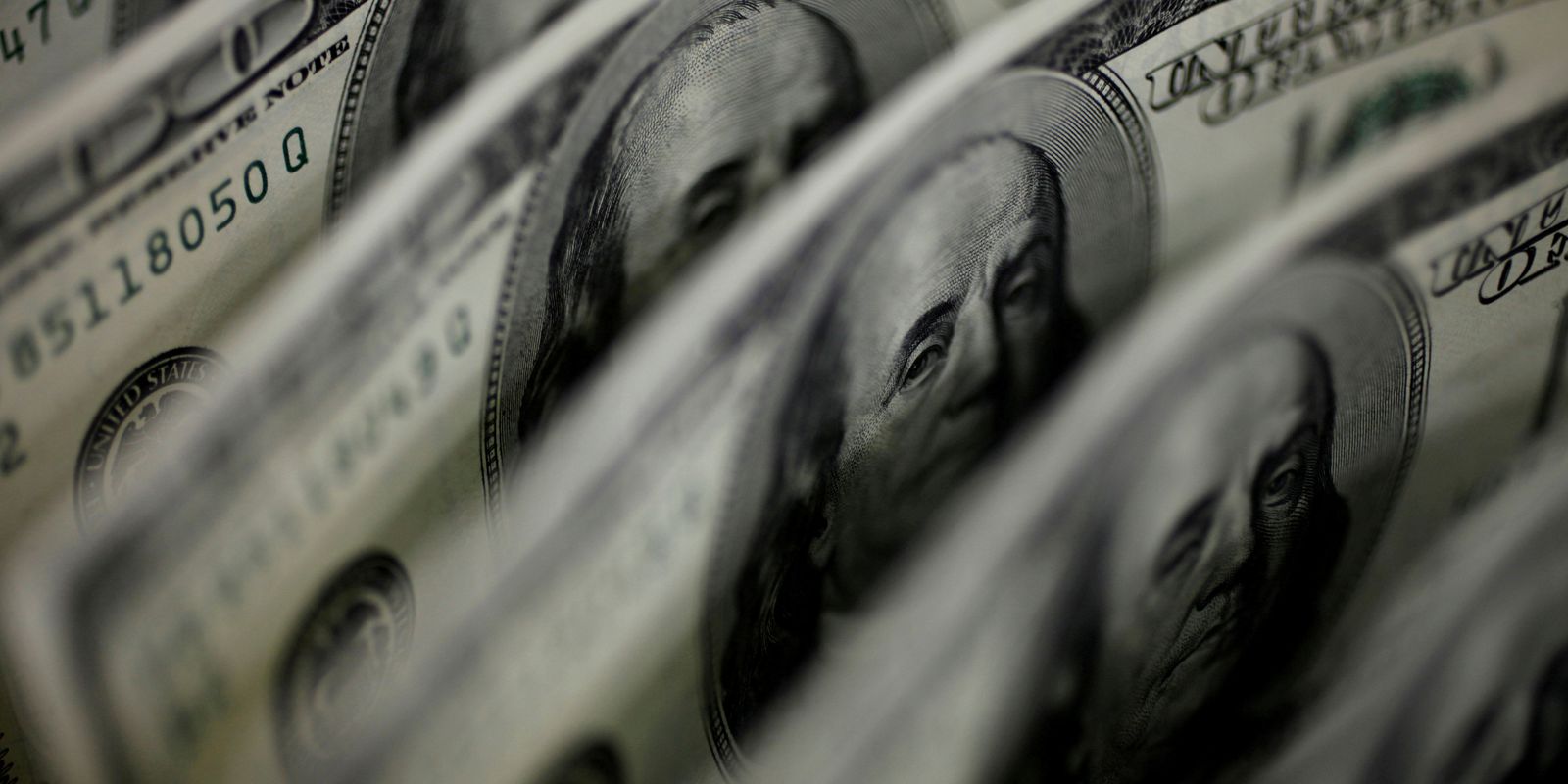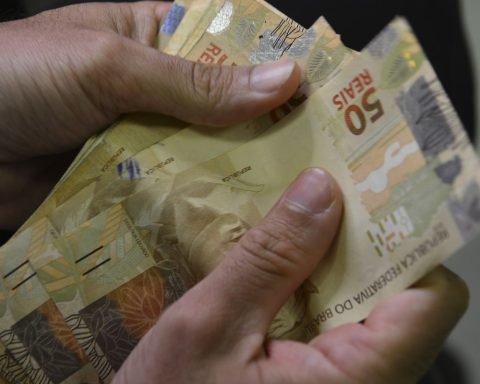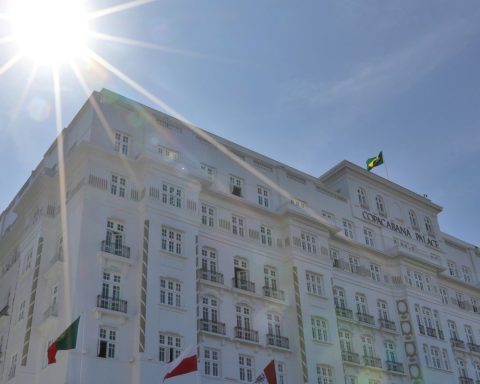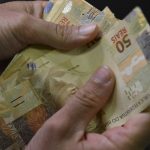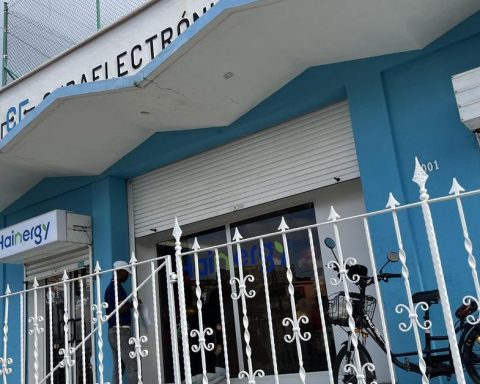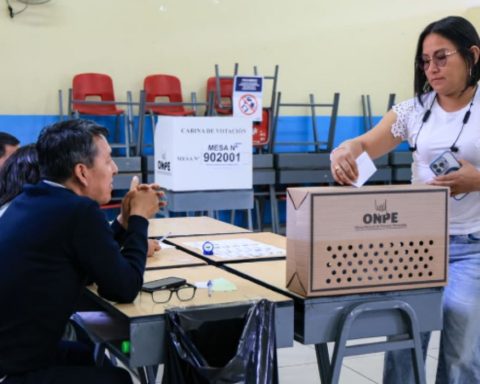The international appreciation of oil and high interest rates in Brazil made the dollar approach R$5 and fall to the lowest price since mid-June. The stock exchange was affected by international pessimism, but closed stable because of the performance of commodities (primary goods in the international market).
The commercial dollar ended this Monday (29) sold at R$ 5.033, with a decrease of R$ 0.045 (-0.88%). The price started the day close to stability, but started to fall at the end of the morning, with emerging countries being favored by the price increase in commodities (primary products quoted in international markets).
The US currency is at its lowest level since June 15, when it closed at R$5.02. The currency accumulates a fall of 2.73% in August. In 2022, the decline reaches 9.74%.
The stock market had a more bearish day. The B3 Ibovespa index closed at 112,323 points, up just 0.02%. The indicator operated higher for most of the day, rising by 0.8% around 2:30 pm. However, the worsening of US stock markets and profit taking (when investors sell shares to pocket recent gains) changed the course of the stock market in the final hours of trading.
This Monday, the barrel of Brent oil (used in international negotiations) closed at US$ 104 and reached the highest level since the end of June. The increase is due to expectations that the Organization of Petroleum Producing Countries (OPEC) will cut supply to face the expectation of recession in Europe and the United States.
In addition to oil, other commodities appreciated this Monday, benefiting emerging countries. In Brazil, high interest rates helped to attract foreign capital. The Selic rate (basic interest rates in the economy) is at 13.75% per year, the highest level since 2017, with the possibility of being raised to 14% per year at the end of September. High rates in emerging countries help to secure external resources in times of turmoil in the global market.
*With information from Reuters
